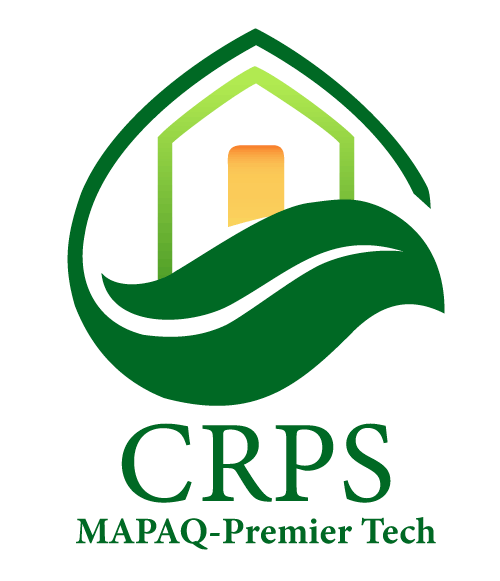
Undergraduate intern in agronomy
Richard Bélanger lab
Establishment of a plant-pathogen relationship compatible to test the efficiency of various bio-fungicides formulation
The objective of the project consists of the development and optimization of different compatible interaction systems between plants and pathogens. The interaction systems will particularly target diseases of importance to greenhouse tomato production. These systems will allow the observation of symptoms in foliar and root diseases in addition to providing good reproducibility for subsequent projects. Ultimately, these systems will make it possible to inoculate greenhouse crops of interest with targeted pathogens with the aim of testing the effectiveness of different biological control techniques and identifying resistant crop varieties.
Hassanisaadi, M., Shahidi Bonjar, G. H., Hosseinipour, A., Abdolshahi, R., Ait Barka, E., & Saadoun, I. (2021). Biological Control of Pythium aphanidermatum, the Causal Agent of Tomato Root Rot by Two Streptomyces Root Symbionts. Agronomy, 11(5), 846. https://doi.org/10.3390/agronomy11050846
Ni, L., & Punja, Z. K. (2019). Management of Fungal Diseases on Cucumber (Cucumis sativus L.) and Tomato (Solanum lycopersicum L.) Crops in Greenhouses Using Bacillus subtilis. In M. T. Islam, M. M. Rahman, P. Pandey, M. H. Boehme, & G. Haesaert (Éds.), Bacilli and Agrobiotechnology : Phytostimulation and Biocontrol (p. 1‑28). Springer International Publishing. https://doi.org/10.1007/978-3-030-15175-1_1
Clark, M. M. (2006). Biological Control Methods for Damping-off of Tomato Seedlings Caused by Pythium myriotylum.
McGovern, R. J. (2015). Management of tomato diseases caused by Fusarium oxysporum. Crop Protection, 73, 78‑92. https://doi.org/10.1016/j.cropro.2015.02.021
Jacob, D., Rav David, D., Sztjenberg, A., and Elad, Y. 2008. Conditions for development of powdery mildew of tomato caused by Oidium neolycopersici. Phytopathology 98:270-281



